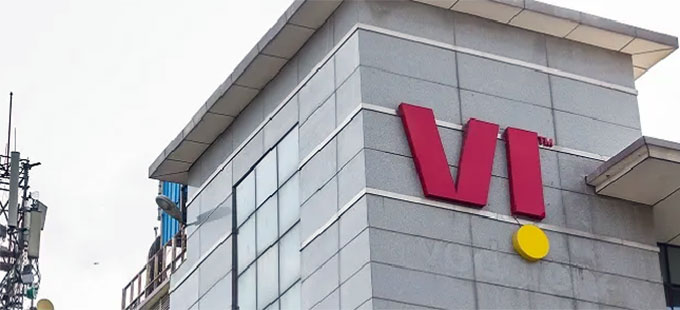Bengaluru, NFAPost: Nokia has successfully completed the Ceneri Base Tunnel project for AlpTransit Gotthard AG, providing control technology management, monitoring, and operations support systems in Ticino, Switzerland.
Nokia’s operations support system enables customized, real-time monitoring of Ceneri and Gotthard Base Tunnel communications infrastructure. Ceneri Base Tunnel completes New Railway Link through the Alps (NRLA) and creates faster north-south Swiss Alps crossing for reducing environmental impact.
Completion follows on from Nokia’s delivery work for the Gotthard Base Tunnel communications system, which has been merged with the Ceneri system. Over a six-year contract, Nokia service experts completed all Ceneri Base Tunnel control systems project delivery milestones on time, including overall final delivery in advance of the tunnel’s official opening.
In its project delivery role, Nokia was responsible for supplier and interface management, requirement management processes, as well as a comprehensive system and project documentation. Nokia also deployed an operations support system that identifies and consolidates events throughout the communications infrastructure of both base tunnels and performs root cause analysis for the rail-related services.
Christopher Kennepohl, Head of Operational Processes, AlpTransit Gotthard AG, said: “In terms of project delivery and management, Nokia hit every milestone on time, fulfilling all KPI expectations. By applying its considerable skills, experience and domain expertise, Nokia was fundamental to successful project realization.
“Nokia’s operations support system provides the intelligence that feeds the Swiss Federal Railways’ Pollegio operations center, enabling real-time insights to be delivered across a range of parameters and identifying alarms for intervention and error handling – this is vital to tunnel safety, security and smooth running,” he added.
Nokia’s operations support system integrates network components from several third-party technology providers, including two data networks, a video surveillance system, two tunnel radios and two emergency communication systems. It handles subsystem interfaces across various protocols as well as an information exchange with existing systems of the Swiss Federal Railways (SBB) infrastructure.
Raoul Harlacher, General Project Manager, Nokia, said: “On behalf of the entire delivery team it makes us proud to be part of this ‘project of the century’ and to support AlpTransit Gotthard, SBB and Switzerland in its goal to enhance the environmentally compatible transport of goods by rail. And in addition, cutting the total journey time for passenger traffic between Zurich and Milano by up to an hour”.
Nokia has previously deployed communications infrastructure to support mission-critical operational and passenger services at the Gotthard Base Tunnel project. As part of this latest project, Nokia integrated Ceneri Base Tunnel communications infrastructure into the Gotthard Tunnel operation control system.
The Ceneri and Gotthard Base Tunnels feature state-of-the-art control technologies and monitoring devices connected to the operations center via fiber optic cables, with around 70,000 data points and more than 200,000 sensors registering variables such as entry access, air quality, ventilation, fire detection, and much more.
In addition, a multitude of systems manages tunnel lighting, fire and smoke alarms, power supply, fire extinguishing, hazardous materials recognition, ventilation and emergency call systems. The Ceneri Base TunnelThe Ceneri Base Tunnel, which has been handed over to Swiss Federal Railways will commence service in December 2020.
As part of the New Railway Link through the Alps project, it is designed to deliver faster rail links across the Swiss Alps with the tunnel representing a key part of the Swiss policy to transfer freight traffic from road to rail.
When in full operation, the Ceneri Base Tunnel will become an important southern feeder for the Gotthard Base Tunnel, as the existing track over Monte Ceneri is not suitable for high-speed rail or heavy freight trains. Composed of two single-track tunnels, every 15.4 km (9.6 miles) stretch it bypasses the former high-altitude rail route through the Monte Ceneri Tunnel.





